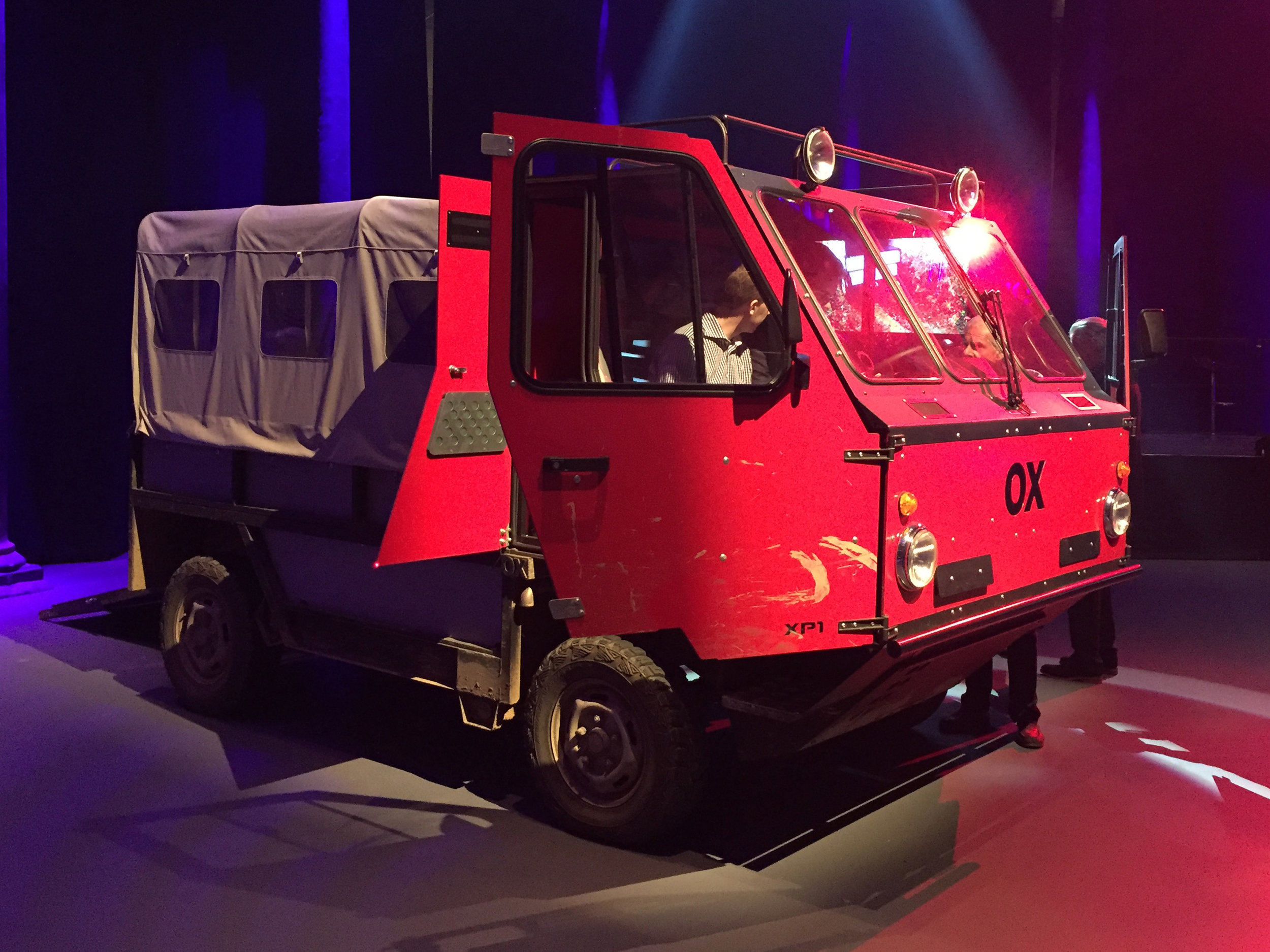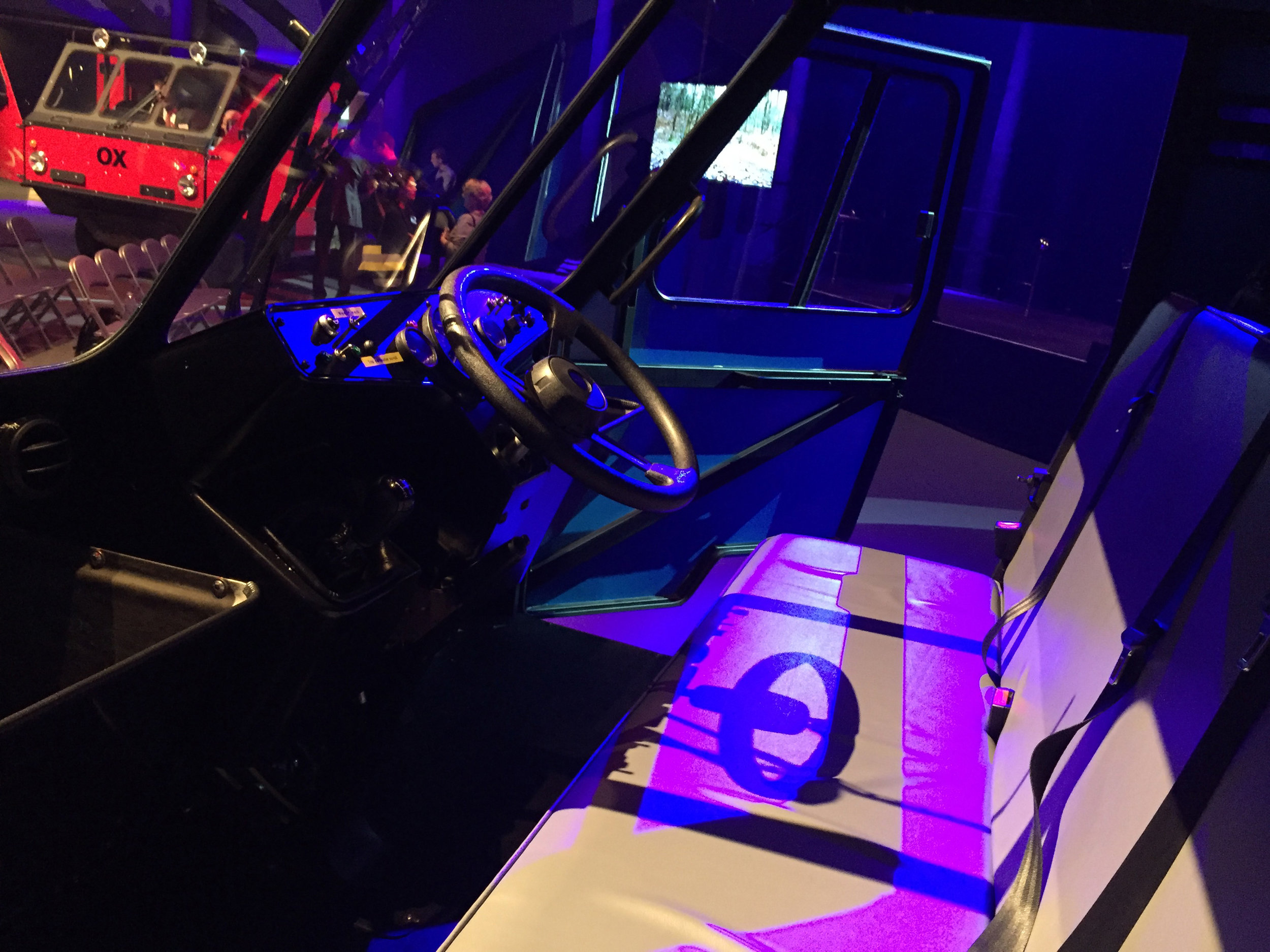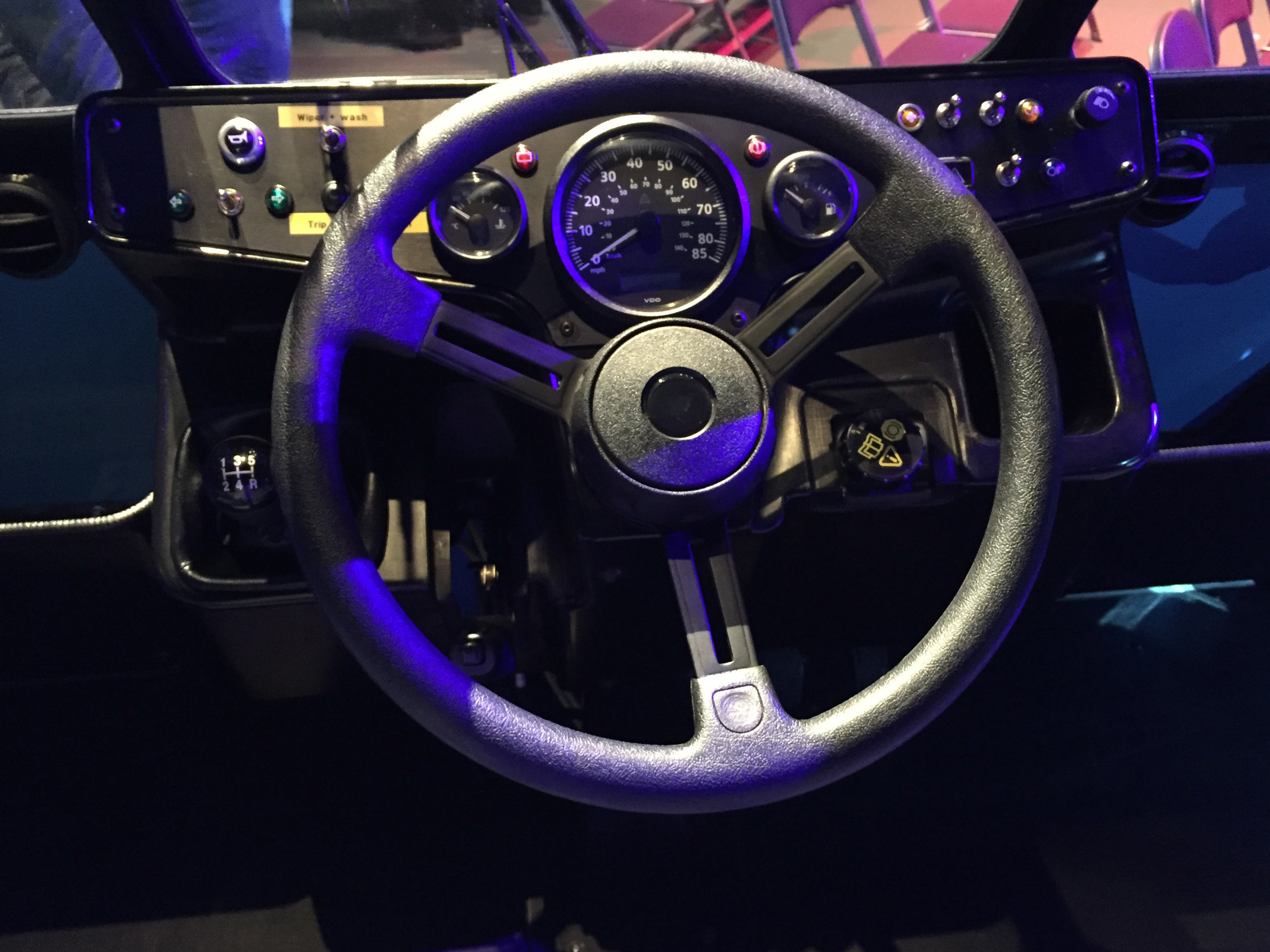









Unveiled in London, the world’s first ‘flat-pack’ truck – the Global Vehicle Trust OX – is designed to provide low-cost all-terrain mobility for remote parts of Africa and the developing world.
Across Africa and the rest of the developing world, there is a clear need for improved transport, for both everyday living as well as emergencies. The OX has been designed specifically to tackle a host of transport challenges, and to undertake crucial daily tasks, such as collecting drinking water and transporting grain, fertiliser or building materials.
The OX originated from the vision of one man – Sir Torquil Norman – who five years ago, founded the Global Vehicle Trust (GVT), to pursue his ambition to help people in the developing world by providing cost-effective mobility. The GVT subsequently briefed automotive designer Professor Gordon Murray on a unique humanitarian programme to create a revolutionary lightweight truck.
The brief for the vehicle called for high ground clearance, excellent approach and departure angles, large wheel movement, a multi-purpose layout and a three-person cab. Gordon Murray’s flat-pack design format fundamentally changes the way a vehicle can be bought and transported, providing specific advantages to lead times and overall unit cost.
The OX’s overall length is shorter than that of a large SUV, and yet it can carry a payload of 1900kg (approximately twice the capacity of most current pick-ups) with a load volume of 7,000 litres. Based on EU size guidelines, it can seat up to 13 people or carry eight 44-gallon drums or three Euro-pallets.
The OX’s cabin provides accommodation for three people, and the driver is seated centrally. This layout has specific advantages for the world’s developing countries, some of which have right-hand traffic, while others drive on the left of the road.
The OX is capable of being flat-packed within itself, enabling it to be transported more efficiently around the world. It takes three people less than six hours to create the flat pack in the UK prior to shipping, and six of these flat packs can be shipped within a 40ft high-cube container. Assembly labour is transferred to the importing country, where local professional companies will be employed to assemble and maintain the finished vehicles. Three skilled people can put an OX together in approximately 12 hours.
Additional design innovations include the tailgate, which can detach completely and be rotated lengthways to double as a loading ramp. The rear bench seat bases also have a dual purpose. The long ‘egg crate’ frames can be removed from the vehicle and used as ‘sand ladders’ under the wheels to help the OX traverse challenging soft ground.
Sir Torquil Norman said: “My inspiration for the OX goes back to seeing the ‘Africar’ project of the 1980s. This project shares some of the aims of that vehicle, but its execution is radically different. OX was just a dream six years ago, but it is now a realistic prospect for production with working prototypes that have completed a comprehensive testing programme.”
Professor Gordon Murray said: “The OX design and prototyping programme is undoubtedly one of the most interesting and challenging I have undertaken during my 45 years of car design, including my years in F1. The added challenge of a flat-packed vehicle design over the already tough targets for cost, durability and weight saving made for a fascinating and stimulating journey from concept to prototype.”
The global launch of the OX aims to highlight the need for investment and support in order to progress the project to completion. The Global Vehicle Trust believes that the OX project will attract a wide range of interest from potential backers.
Sir Torquil Norman said: “Feedback we have had so far from contacts in Africa and with aid agencies has been very positive. OX is about making a difference now, being part of something ground-breaking and unique. Most of all it presents a real opportunity to make a fundamental and lasting difference to people’s lives. Our priority now is to raise the funding to complete the testing and take the project to fruition. We believe that the OX has huge potential for charities, aid organisations and development programmes. My dream is to one day see an OX in every village in Africa.
